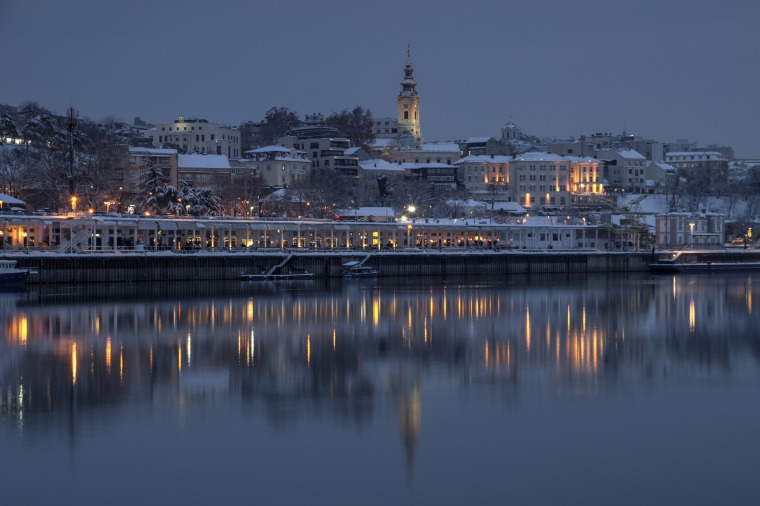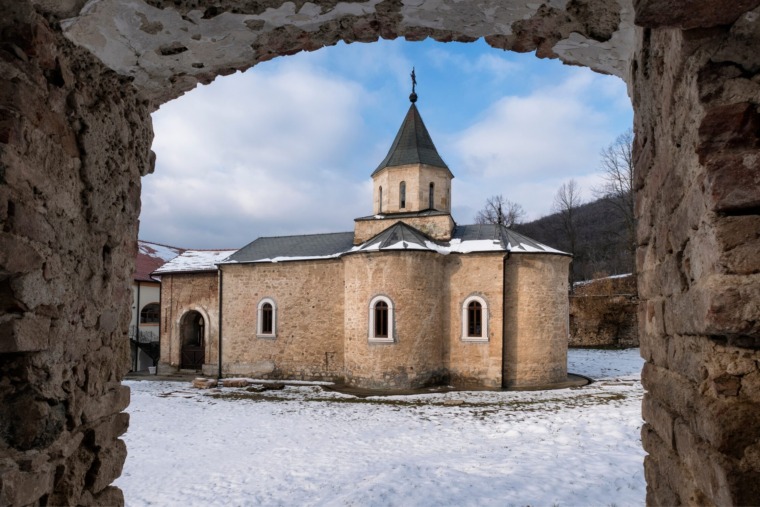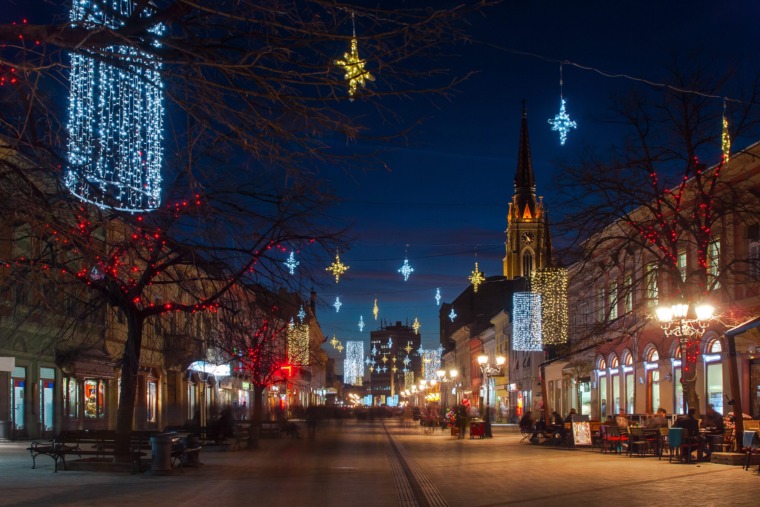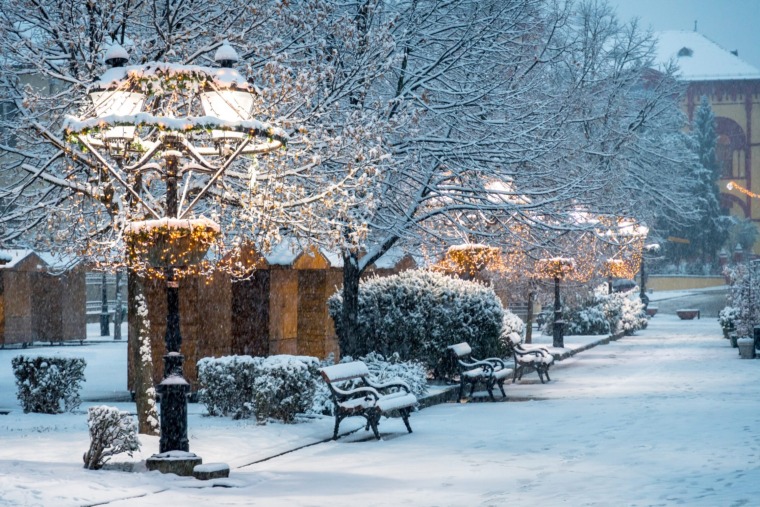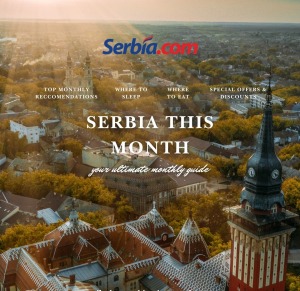
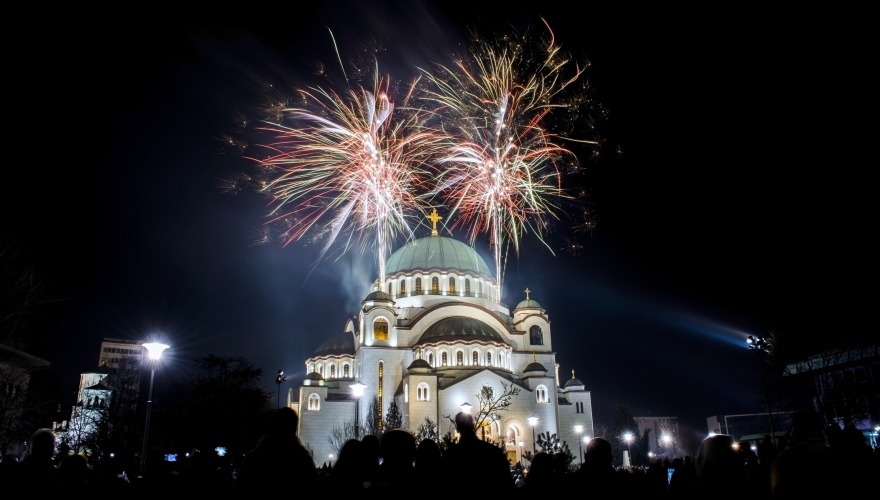
For many, the celebration of New Year’s Eve is a grand occasion marked by fireworks, music, and festivities. However, in Serbia, there is a unique and deeply rooted tradition of celebrating Orthodox New Year, also known as Serbian New Year, which takes place on January 13th in the Gregorian calendar, corresponding to January 1st on the Julian calendar. This observance is an important cultural and religious event for Serbs, steeped in history, religion, and national pride.
But why do Serbs celebrate Orthodox New Year, and what makes this celebration special? Let’s explore the origins, significance, and customs surrounding this unique holiday.
The Origins of Orthodox New Year
Orthodox New Year is tied to the Julian calendar, which was used by the Eastern Orthodox Church for centuries. While most of the world follows the Gregorian calendar, which shifted the New Year date to January 1st, the Julian calendar (still used by the Orthodox Church) places the first day of the year on January 14th (in the Gregorian calendar).
However, in Serbia and several other Orthodox Christian countries, the celebration of the New Year on January 1st is still considered important because it aligns with the ecclesiastical and national significance of the date.
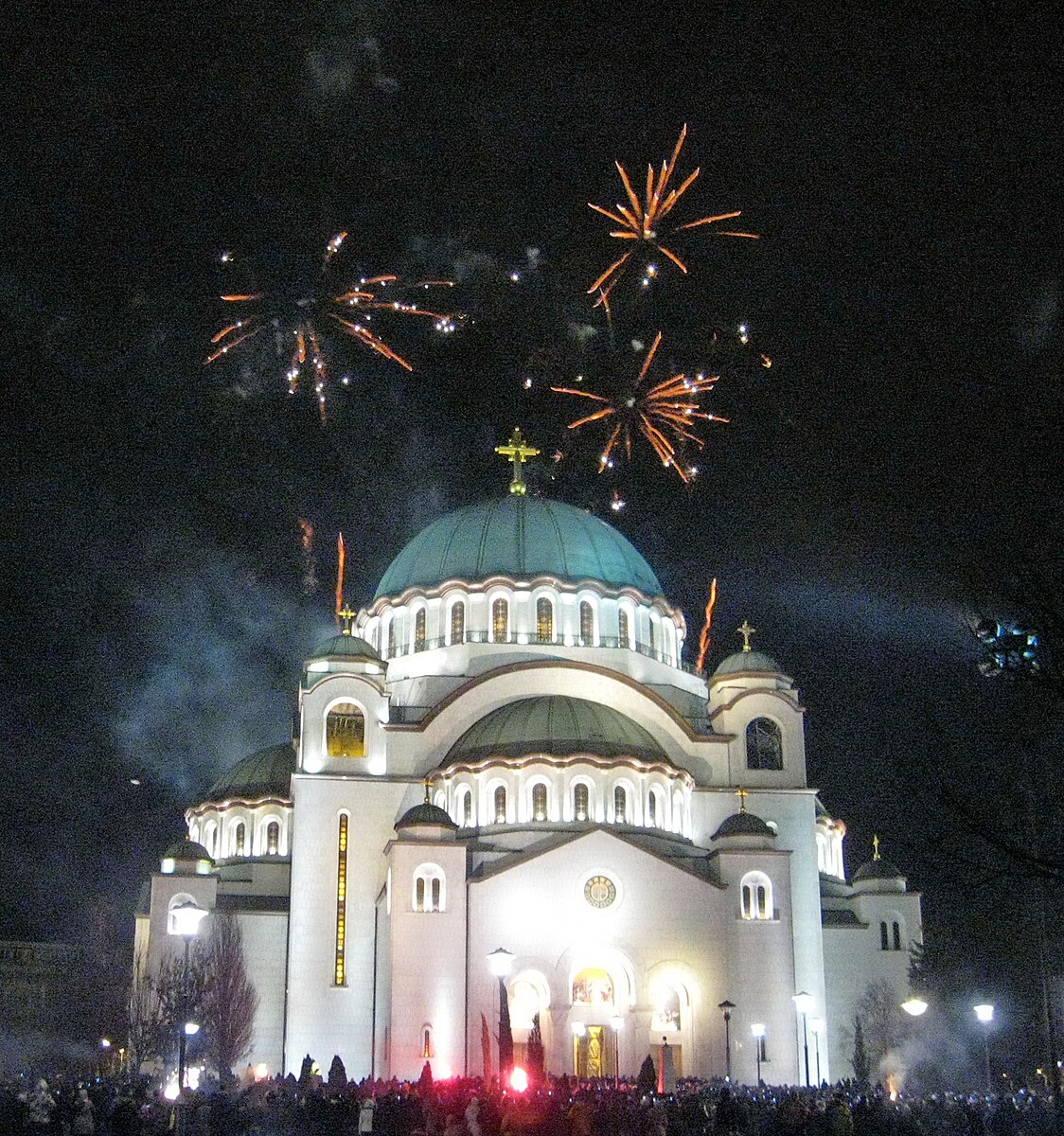
This holiday was celebrated for centuries, but its importance has deepened as an integral part of Serbian culture and identity. Orthodox New Year falls just after the feast of the Theophany, also known as Bogojavljenje (Epiphany), and many of its traditions are rooted in religious beliefs, seasonal cycles, and historical customs.
Orthodox New Year as a Cultural and Religious Celebration
- Religious Significance: Orthodox New Year is not just a secular event but has a profound religious connection. It is a time when Serbs reflect on the spiritual renewal and blessing of the year. In the Serbian Orthodox Church, this time of year is often associated with prayers and religious services. On January 13th, Serbian Orthodox Christians may attend a special Divine Liturgy to mark the occasion. The service emphasizes prayers for health, prosperity, and divine blessings for the year ahead.
- Feast of the Circumcision of Christ: Orthodox New Year coincides with another important religious observance—the Feast of the Circumcision of Christ. The feast commemorates the eighth day of Jesus Christ’s birth when, according to the Gospel of Luke, Jesus was circumcised and named. For Serbs, this day also honors St. Basil the Great, a prominent Christian bishop and theologian. As such, Orthodox New Year has a deeply spiritual and theological foundation, and the celebration is a mixture of both religious devotion and cultural merrymaking.
The Celebration of Orthodox New Year
Orthodox New Year is often celebrated with the same exuberance and enthusiasm as the standard New Year’s Eve, but with a more distinct Serbian twist. Here are some key aspects of the celebration:
- Family Gatherings and Feasts: On the evening of January 13th, families come together to share a hearty feast, which typically includes traditional Serbian dishes like sarma (cabbage rolls), ćevapi (grilled minced meat), and ajvar (pepper-based condiment). Many people also enjoy rakija (a strong fruit brandy) and wine. This is a time for family bonding and celebrating the blessings of the past year while looking forward to the future.
- Fireworks and Parties: As the clock strikes midnight, fireworks light up the sky across Serbia, especially in cities like Belgrade and Novi Sad. The atmosphere is festive, with lively street parties and live music performances. The celebration is often as vibrant as the standard New Year’s Eve, marked by dancing, singing, and a spirit of communal joy.
- Serbian Traditions and Customs: Orthodox New Year is also a time to observe traditional Serbian customs, which may vary slightly by region. One common ritual is the “badnjak”, where a tree branch (or “badnjak”) is burned as part of a symbolic gesture to cleanse the home and prepare it for a prosperous year ahead. The act of burning the badnjak is believed to bring good health, wealth, and happiness.
- “First Footing” (Prva poseta): A Serbian New Year tradition involves first footing, where the first person to enter someone’s home in the new year is expected to bring good fortune. Typically, the first visitor (often a male friend or family member) will bring small gifts, such as a loaf of bread or some fruit, as a symbol of prosperity and good wishes for the coming year.
- Gifts and Symbolic Gestures: Like many New Year celebrations around the world, gift-giving plays a role in Orthodox New Year festivities. People exchange small presents, often symbolic items like bread, honey, and pomegranate, which are believed to bring sweetness and abundance into the coming year.
Orthodox New Year and National Identity
For Serbs, Orthodox New Year is also an important expression of national identity. It serves as a reminder of Serbia’s cultural heritage, its unique customs, and the connection to the Eastern Orthodox Christian faith. While the Western world celebrates New Year’s Day on January 1st, Serbs take pride in celebrating this holiday according to their own traditions, preserving their distinct way of life.
For those living outside Serbia, the celebration of Orthodox New Year serves as an important way of staying connected to their roots and heritage. Serbian expatriates and diaspora communities around the world, from the United States to Australia, continue to celebrate this holiday with enthusiasm and joy.
Is Orthodox New Year Becoming Less Significant?
As globalization continues to affect traditional ways of life, some Serbs, particularly the younger generation, may see Orthodox New Year as a less significant holiday compared to other religious events or the secular New Year celebration. However, many still embrace it as part of their cultural identity, and for many families, it remains a deeply meaningful occasion to come together, reflect on the past year, and make new year resolutions.
A Day for Renewal and Reflection
Orthodox New Year is a holiday that blends religious reverence with joyous celebration. It’s a day for Serbs to come together, pray, reflect, and celebrate with family and friends. Whether in a village home or an urban center, Serbs across the world celebrate Orthodox New Year with a blend of tradition, culture, and spiritual devotion, reminding everyone of the deep connection to their roots and their faith.
By celebrating this holiday, Serbs not only mark the start of the year but also reaffirm their cultural values and national identity. In 2025, as in years past, Orthodox New Year will continue to be a cherished occasion for families, communities, and individuals to welcome the year ahead with hope, joy, and faith.
Related Articles


Winter Wine Escape: Serbia’s Most Beautiful Holiday Wineries
December 11, 2025